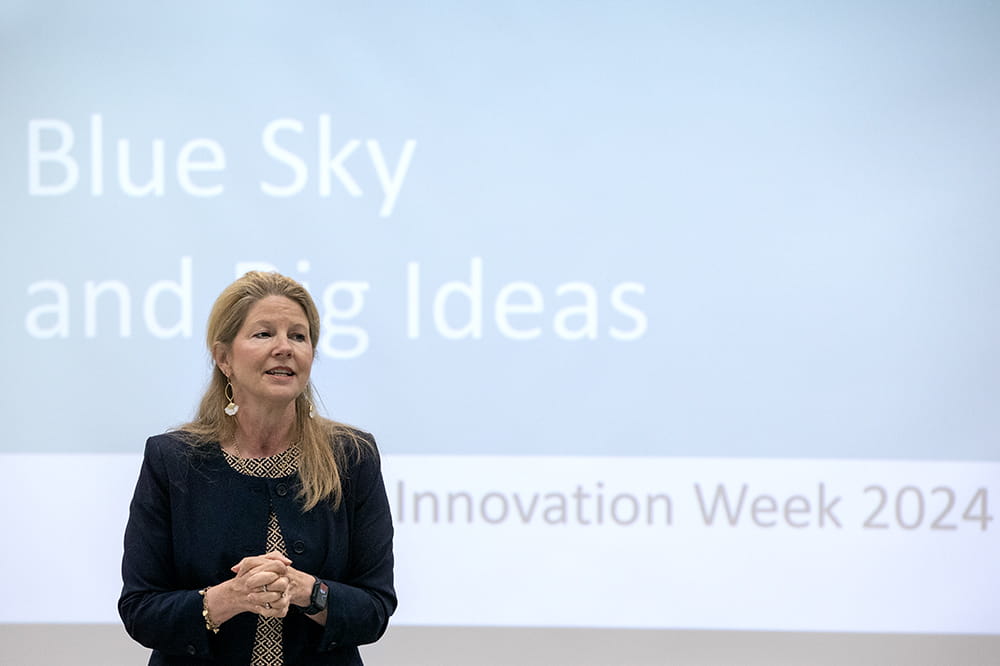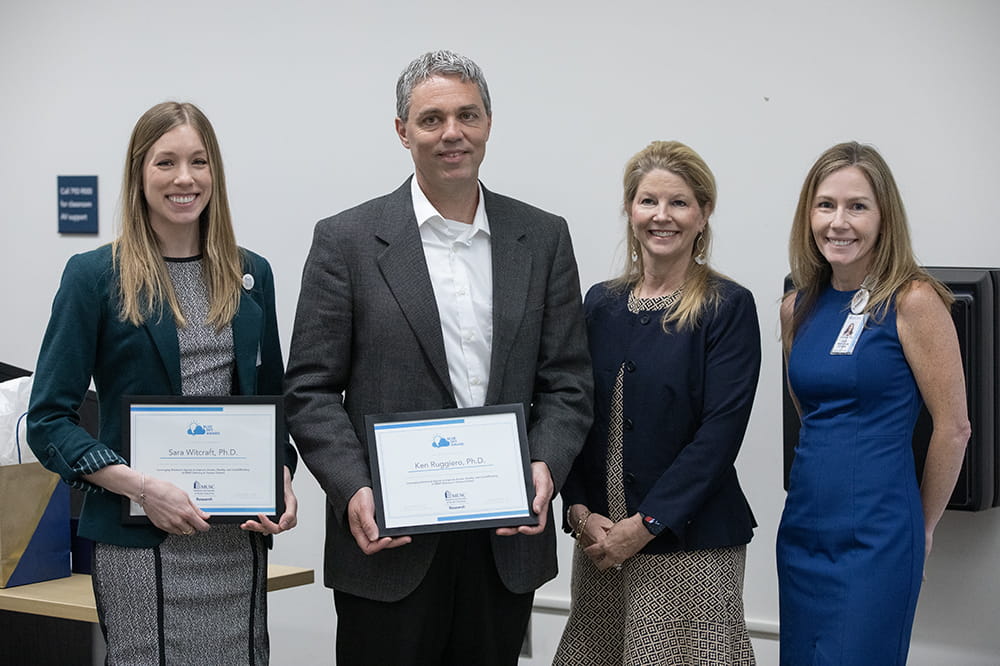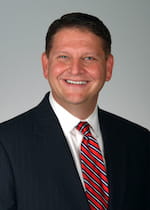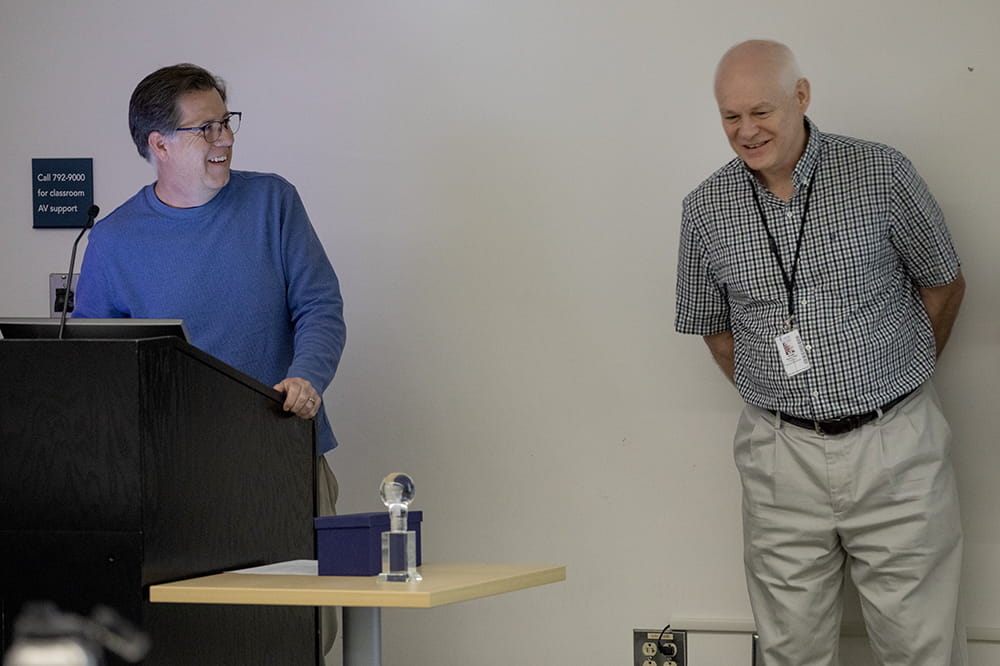There is NOTHING game-changing about vagus nerve research at least for stroke. See how long its' been out there!
vagus nerve (81 posts to July 2012)
MUSC announces two winners of the Blue Sky Award for potentially game-changing research

On April 15, MUSC launched its Innovation Week by announcing the two winning research teams for the Blue Sky Award, each of which received $75,000. Offered by the Office of the Vice President of Research in partnership with the Office of Innovation, the award provides pilot funding for highly innovative research projects that tackle big problems in medicine and science and have the potential for meaningful clinical impact.
One team, co-led by substance use researcher Sara Witcraft, Ph.D.; mental health researcher Kenneth Ruggiero, Ph.D.; and trauma surgeon Bruce Crookes, M.D., will explore using relational agents, or digital personas capable of one-on-one conversations, to deliver substance use screening and brief interventions more efficiently and consistently in trauma centers.
The other team, co-led by stroke rehabilitation researcher Steve Kautz, Ph.D., and basic scientists Russell “Chip” Norris, Ph.D., and Cortney Gensemer, Ph.D., will study whether patient-administered ear-mounted vagus nerve stimulation (VNS) therapy can help to reduce the symptoms of patients with hypermobile Ehlers-Danlos syndrome (hEDS), a connective tissue disorder. This is the team’s second time to receive the award.

Can relational agents be used to screen trauma patients at risk for substance use problems and, when needed, intervene?
Half of all hospitalized trauma patients test positive for alcohol or one or more illicit drugs, and one in four meet diagnostic criteria for a substance use disorder, upon admission. To address this problem, the American College of Surgeons has mandated that trauma centers administer screening, brief intervention and referral to treatment, or SBIRT, a tool for screening patients for risk of substance use disorder, assessing and bolstering their motivation for change and connecting them with care.
Although most trauma centers have now implemented SBIRT, its implementation is often inconsistent, leading to inequities in care.
“There’s not a road map for doing SBIRT,” said Witcraft. “It’s not standardized across hospitals. “Even within the same hospital with the same staff, it’s not standardized.”

Ruggiero already has a successful track record of developing and implementing technology-assisted mental health interventions for trauma patients. He co-directs the Trauma/Telehealth Resilience and Recovery Program, or TRRP, which uses telehealth and other remote technologies to follow up with trauma patients at risk for mental health issues such as depression or PTSD. With Crookes’ help and leadership from co-director Tatiana Davidson, Ph.D., the program has been adopted by 15 trauma centers in the Carolinas.
When Witcraft, who specializes in substance use disorders, joined his team, she wondered if a similarly scalable solution could be developed for improving the consistency of SBIRT delivery.
Witcraft had seen papers supporting the use of relational agents in health care, even in the delivery of SBIRT in primary care, showing that they were effective and well-accepted by patients. She, Ruggiero and Crookes all agreed that these agents could be a promising approach to standardizing SBIRT delivery in trauma centers.
“This unbiased, low-cost, accessible tool has the potential to dramatically impact trauma patient care, not only at MUSC but in trauma centers across the U.S., whether large or small, rich or poor, rural or urban.”
-- Dr. Bruce Crookes
To assess that promise, the team will conduct a clinical trial comparing substance use and mental health outcomes in trauma patients who receive SBIRT from providers and those who receive it from relational agents. The team is partnering with Timothy Bickmore, Ph.D., a professor at Northeastern University, who built the relational agent that was used successfully in primary care settings.
Witcraft thinks that patients may speak more freely with relational agents about their substance use than they would with humans.
“It has been shown with other technologies that removal of the human actually facilitates more disclosure of substance use,” said Witcraft.
If proved effective, Crookes and Ruggiero believe that relational agent-administered SBIRT could be a boon for trauma centers.
“This unbiased, low-cost, accessible tool has the potential to dramatically impact trauma patient care, not only at MUSC but in trauma centers across the U.S., whether large or small, rich or poor, rural or urban,” said Crookes.
“If it works the way that we hope that it will, it could improve access, quality and equity in care for patients, and not just for trauma center patients but for patients in other types of settings, such as primary care.”

Could vagus nerve stimulation relieve hEDS symptoms?
People with hEDS can have a wide range of symptoms affecting multiple body systems, making the disease difficult to diagnose and manage, with an average time to diagnosis of 14 years. Gensemer, who has the disease, and Kautz, whose two children have hEDS, know the frustration of crisscrossing the country looking for specialists who could give them answers.
Gensemer joined Norris’ lab as a graduate student, and since that time, the research focus of the lab has shifted to studying hEDS. The lab has identified a gene that likely contributes to the disease and validated its relevance to hEDS in a preclinical model. Norris strongly believes in making patients the center of research efforts, since they know the disease best. Several researchers and interns in the Norris lab have hEDS.

The team wanted to find a way to relieve the pain and other symptoms experienced by hEDS patients. Some of those symptoms, such as increased heart rate, low blood pressure, GI distress and fainting episodes are thought to be linked to the impaired function of the autonomic nervous system, which controls involuntary body functions such as breathing and digestion. Many of the nerve fibers for the autonomic nervous system are housed in the vagus, or wandering, nerve, which runs from the brain to the large intestine and connects diverse body systems, including the neck, chest, heart, lungs and digestive tract.
Kautz knew of VNS from his work in stroke rehabilitation, and the team sp>et out to test in a clinical trial whether stimulating the vagus nerve to renormalize autonomic function could provide lasting relief for many of the hEDS symptoms that are linked to an impaired autonomic nervous system.
Traditionally, a vagal nerve stimulator has been implanted into the patient, but the team is using an ear-mounted version that the patient can self-administer at home, allowing the team to recruit additional patients from across the country.
Kautz, who vividly remembers trekking across the country with his daughter to find help, is excited to offer these hEDS patients a potential means to manage their symptoms at home.
“Travel to see the few specialists around the county is not practical or equitable, and many hEDS patients cannot tolerate frequent travel to a clinic,” said Kautz. “An at-home solution is ideal for these patients.”
“Too often, these patients are overlooked, but they deserve our full attention. Our aim isn’t just to find treatments for them but also to show we’re committed to helping them.
-- Dr. Russell "Chip" Norris
The preliminary data from the study looks promising, suggesting that VNS may improve some of the symptoms. The team, therefore, has begun applying for federal funding for a larger trial, the results of which could lead to Food and Drug Administration approval of the treatment for patients with hEDS.
For Norris, an important outcome of this study is hope for patients who have struggled with these symptoms.
“Too often, these patients are overlooked, but they deserve our full attention,” said Norris. “Our aim isn’t just to find treatments for them but also to show we’re committed to helping them. The support from MUSC has been instrumental in finding a solution for these patients.”
No comments:
Post a Comment